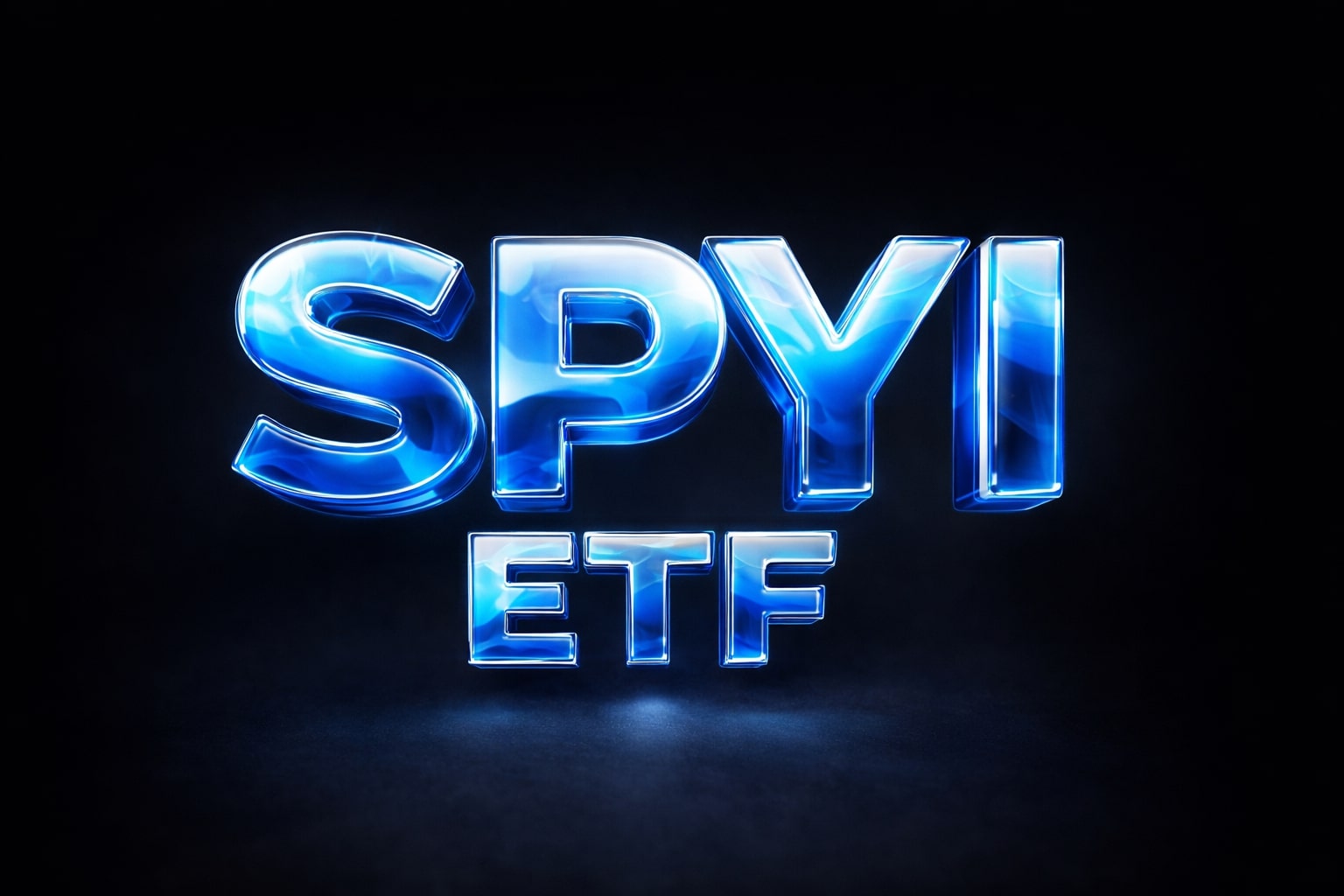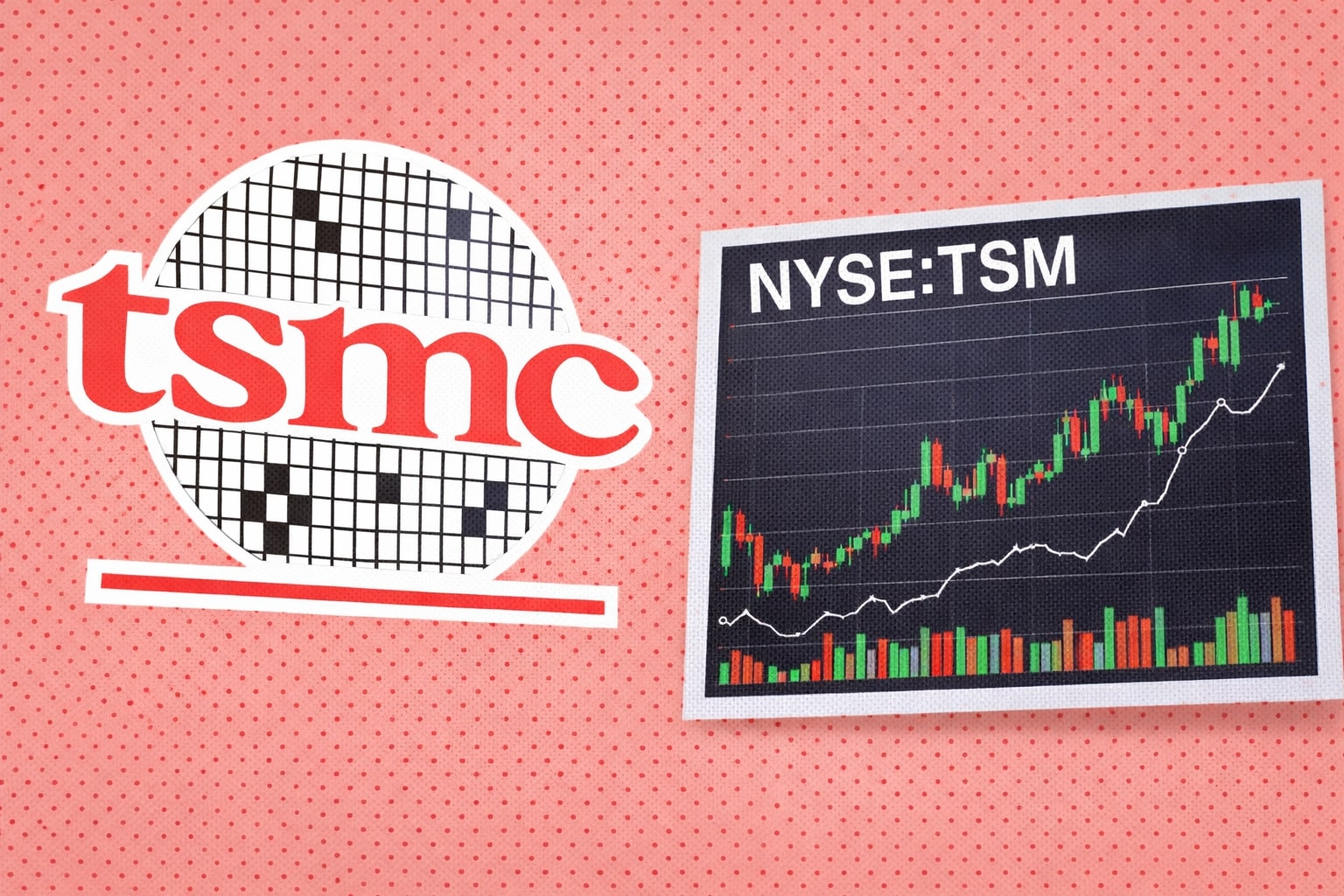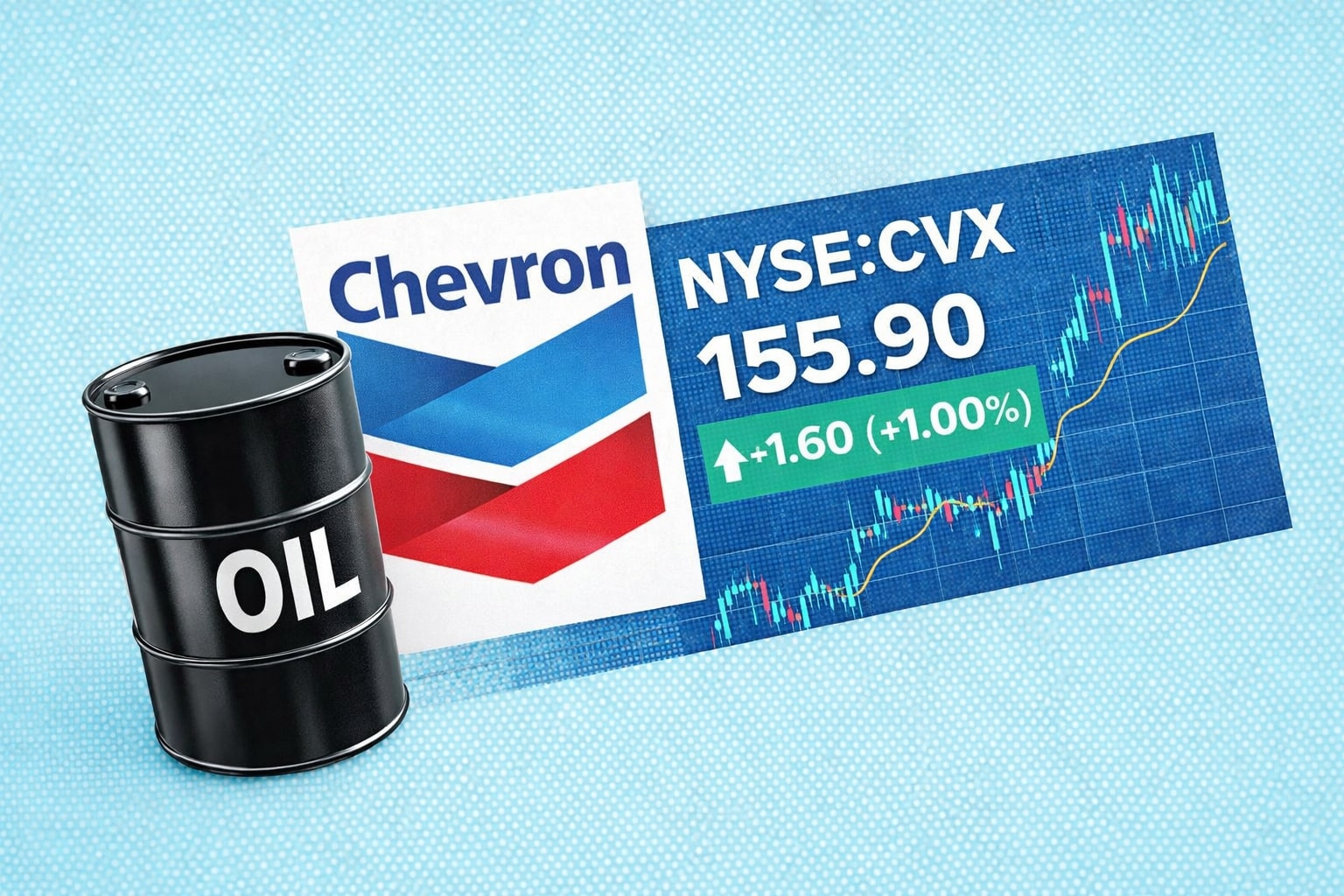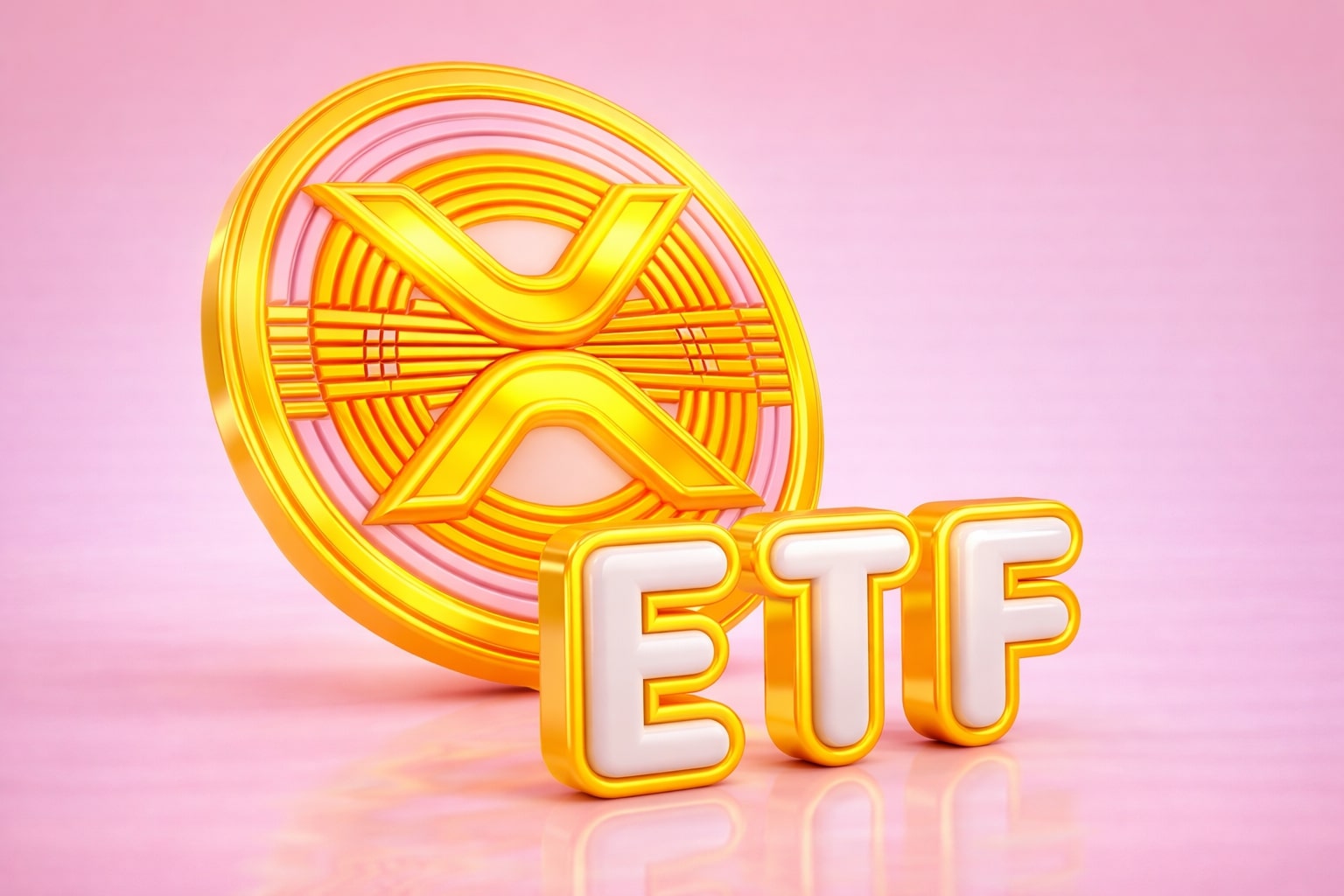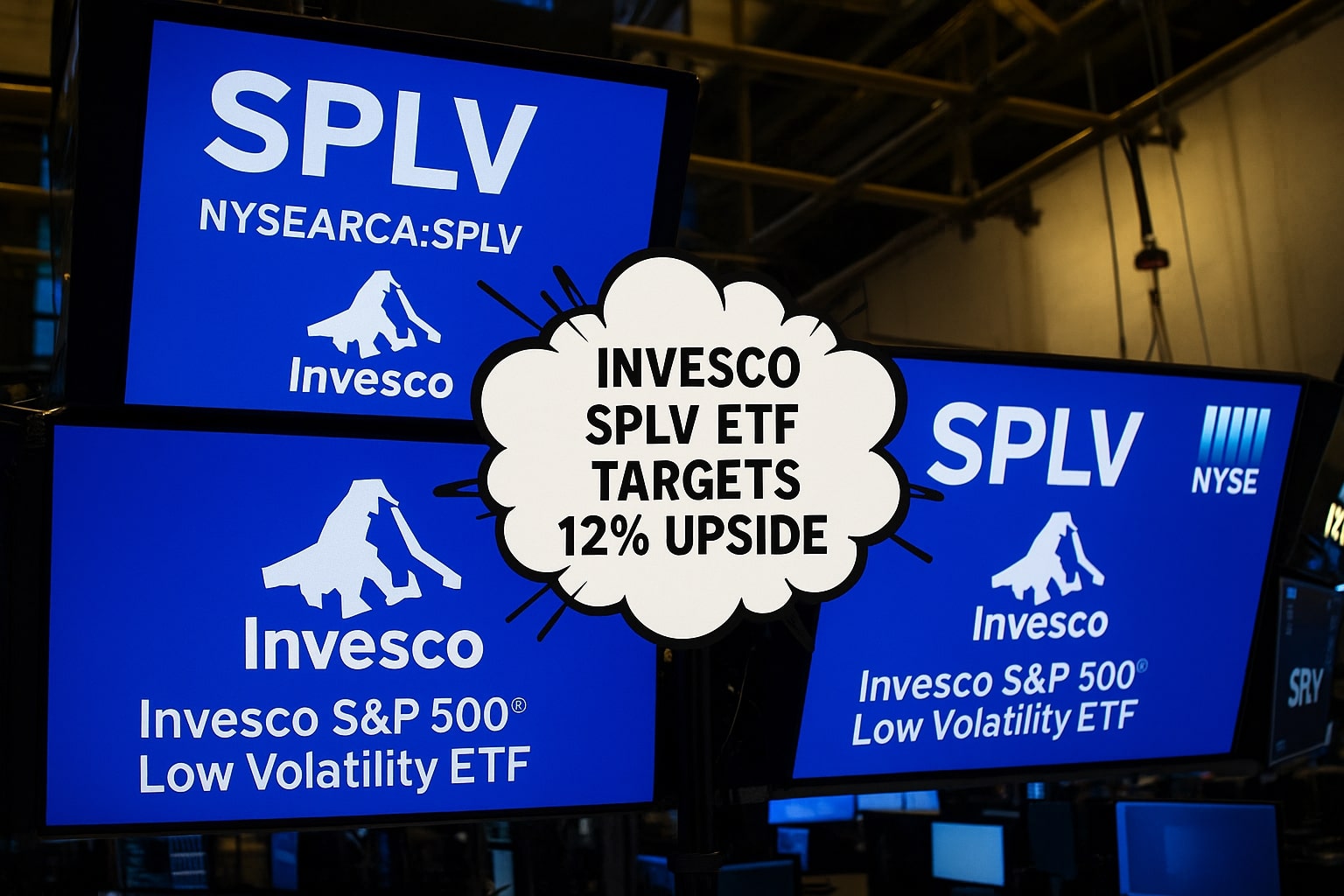
Invesco SPLV ETF Targets 12% Upside Amid Utilities Surge and Macro Uncertainty
NYSEARCA:SPLV Gains Momentum on Utilities Boom, Monthly Dividends, and Safe-Haven Appeal in 2025 | That's TradingNEWS
Utilities strength and AI demand tilt NYSEARCA:SPLV toward outperformance
The Invesco S&P 500 Low Volatility ETF (NYSEARCA:SPLV) is emerging as a compelling bet for risk-conscious investors in Q3 2025 as utilities, insurance, and consumer defensives consolidate strength. With shares recently trading at $66.22 and a modest YTD gain of +3.4%, SPLV trails high-beta peers like SPY—but that underperformance masks a favorable shift in risk-adjusted metrics. As volatility returns to large-cap indices and AI-led power demand reshapes the energy investment narrative, SPLV’s 20% allocation to utilities is fast becoming a structural tailwind.
SPLV utility exposure gains from data center electricity explosion
Utilities now account for roughly one-fifth of SPLV's holdings, and the sector’s defensive nature is colliding with explosive real-world demand. Evergy (EVRG), CMS Energy (CMS), and WEC Energy (WEC) have all posted 12-month gains exceeding +25%, driven by surging data center load tied to generative AI. According to the International Energy Agency, electricity demand from U.S. data centers could double by 2030, with AI usage absorbing over 500 terawatt-hours annually. That load isn’t priced into traditional growth models—and SPLV is quietly front-running the repricing via regulated utility equity exposure.
WEC just hiked its dividend by 6.9%, CMS projects 6–8% EPS growth, and Evergy has called its demand outlook "the strongest in decades." This operating leverage is translating into price resilience, with SPLV down just 1.7% in April’s pullback versus a 5.9% drawdown in SPY. Utilities also offer dividend consistency, with SPLV’s current 12-month yield hovering around 1.8% on a monthly $0.13 distribution.
Financials and consumer staples add ballast without cyclical exposure
SPLV’s weighting tilts heavily toward financials (~15%) and consumer staples (~14%), but avoids the risky ends of each sector. In financials, holdings like CME Group (CME), S&P Global (SPGI), Intercontinental Exchange (ICE), and Marsh & McLennan (MMC) offer structural fee income and steady top-line growth. Unlike banks, these firms aren’t exposed to credit write-downs or net interest margin compression. CME shares are up +22.5% in the last year, while ICE has added +19.3%—both outperforming the XLF benchmark.
Consumer defensive exposure includes names like Procter & Gamble (PG) and PepsiCo (PEP), offering insulation from margin volatility and earnings resets. These firms operate with pricing power and inelastic demand, which is vital as recession risks percolate through soft GDP forecasts and tepid ISM prints. The fund's price-to-earnings ratio of 20.99 is cheaper than SPY's 23.54, and SPLV trades at a 3.62 P/B versus SPY's 4.89, giving it a valuation edge amid rising equity risk premiums.
Cooling labor, revised GDP, and inflation volatility set backdrop for SPLV
The macro landscape further validates SPLV’s profile. Real GDP shrank -0.5% in Q1 (QoQ annualized), with falling inventories and Trump’s pre-election tariff escalation eroding growth. The ISM index has declined steadily since February, while nonfarm payroll gains have moderated and unemployment has ticked up to 4.2%. The job openings rate slipped to 4.4%—a two-year low—signaling hesitance from both employers and workers.
While inflation remains tame in current PCE readings, forward CPI risks are skewed upward due to tariffs and shipping bottlenecks. Market-based inflation expectations remain elevated, with the 5-year breakeven near 2.65%, and consumers see headline inflation rising beyond the Fed’s 2% target. Despite this, FOMC participants still forecast two rate cuts before year-end, betting that rising unemployment will outweigh cost-push pressures. If this holds, low-volatility equity baskets like SPLV will likely outperform.
Technical position remains attractive with support near 50DMA
From a price action perspective, SPLV’s recent slide under its 50-day moving average presents a reentry point. The ETF has consistently respected its 200DMA and rebounded from prior pullbacks in April and February. With implied volatility rising in mega-cap tech and market breadth narrowing again, SPLV’s muted ATR and lack of momentum signal stability—not stagnation. The ETF’s structure is inherently designed to deliver smoother returns, and with a trailing 12-month return of +12.37%, SPLV has tracked closely with the S&P 500 despite a fraction of its beta.
Valuation, dividends, and defensive DNA support Buy rating
SPLV trades at a meaningful valuation discount to SPY and offers a monthly dividend backed by high-quality, low-volatility components. Its 0.25% expense ratio is well below peer averages, and $7.6 billion in AUM ensures institutional-grade liquidity. Sector diversification also helps mute idiosyncratic risks: top 10 holdings make up only 11.56% of the fund, with no single sector exceeding 20% weight. Risk remains from overexposure to real estate and financials during credit stress, but those remain contained amid tight credit spreads and healthy coverage ratios.
SPLV is a Buy near $66, targeting $70–72 in the near term on improved utility earnings and ongoing defensive rotation. Investors seeking income, downside protection, and stability in a fractured macro environment should consider positioning into NYSEARCA:SPLV while volatility suppression remains the dominant institutional play.
That's TradingNEWS
Read More
-
SPYI ETF at $52.59: 11.7% Yield, 94% ROC and Near S&P 500 Returns
04.01.2026 · TradingNEWS ArchiveStocks
-
XRPI and XRPR Rally as XRP-USD Defends $2.00 on $1.2B XRP ETF Inflows
04.01.2026 · TradingNEWS ArchiveCrypto
-
Natural Gas Price Forecast: NG=F Eyes $4.30 if Storage Draws Tighten
04.01.2026 · TradingNEWS ArchiveCommodities
-
USD/JPY Price Forecast - USDJPY=X at 156.91: 157.75 Breakout Sets 160 Target as Fed Jobs Week Tests The Dollar
04.01.2026 · TradingNEWS ArchiveForex














